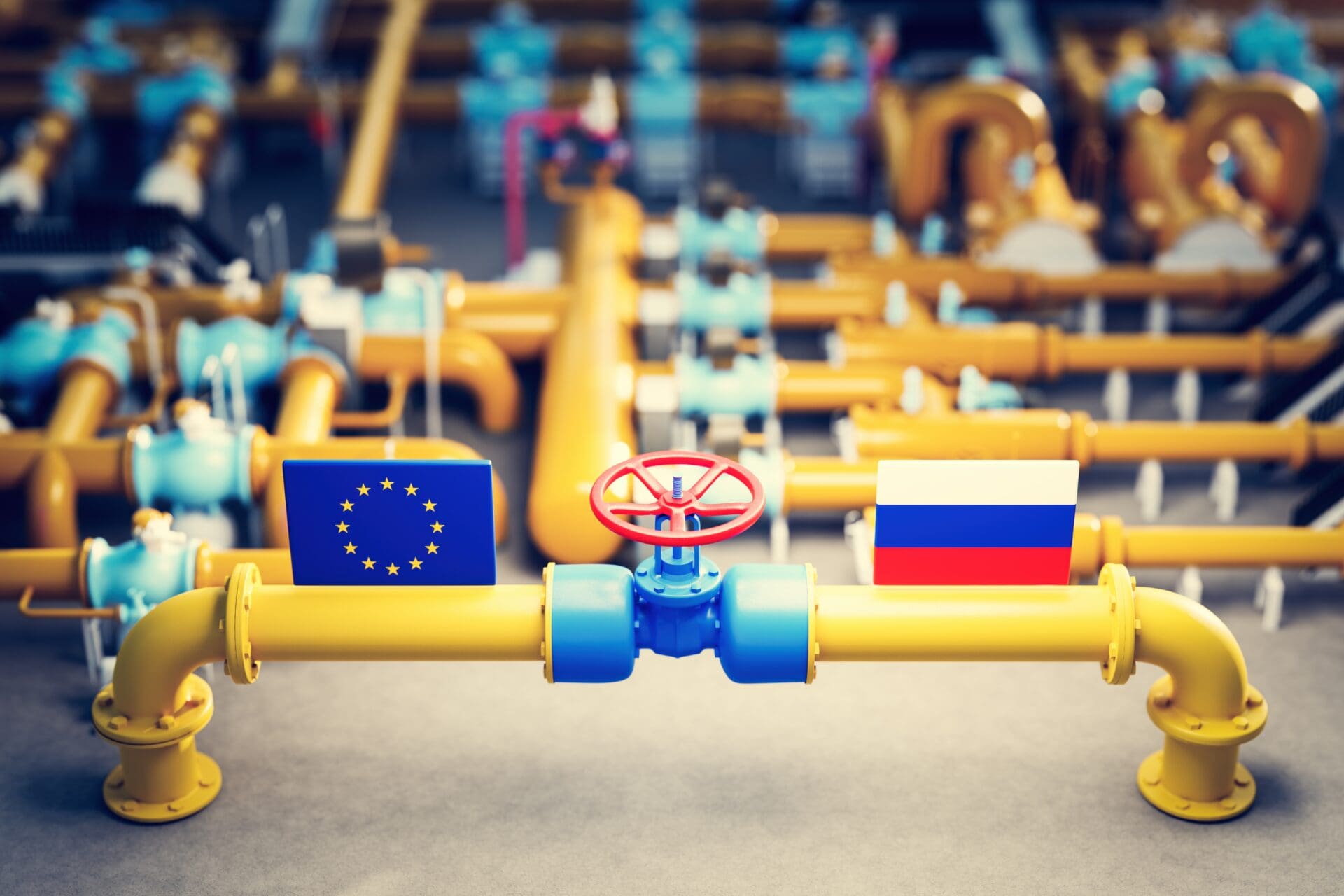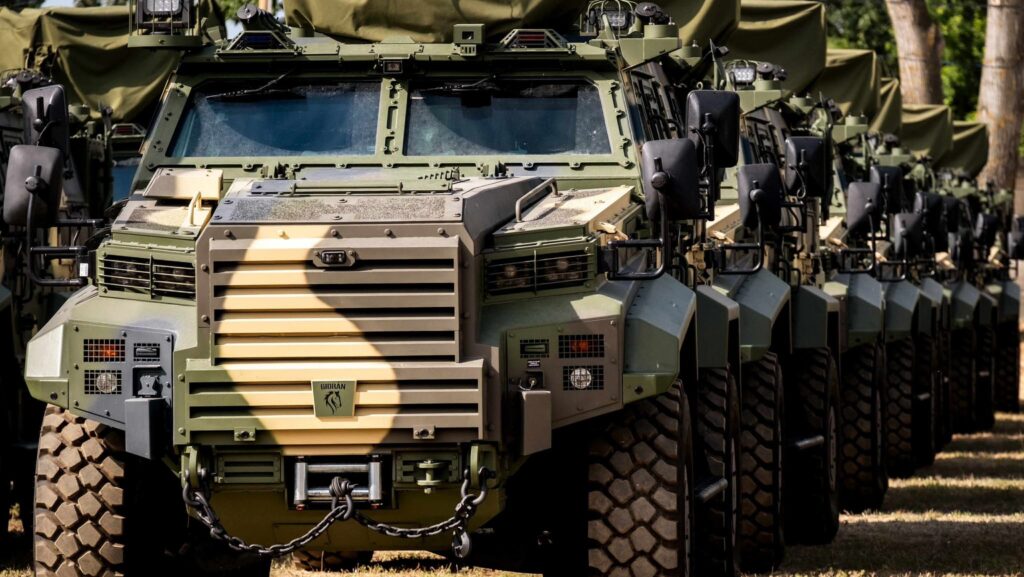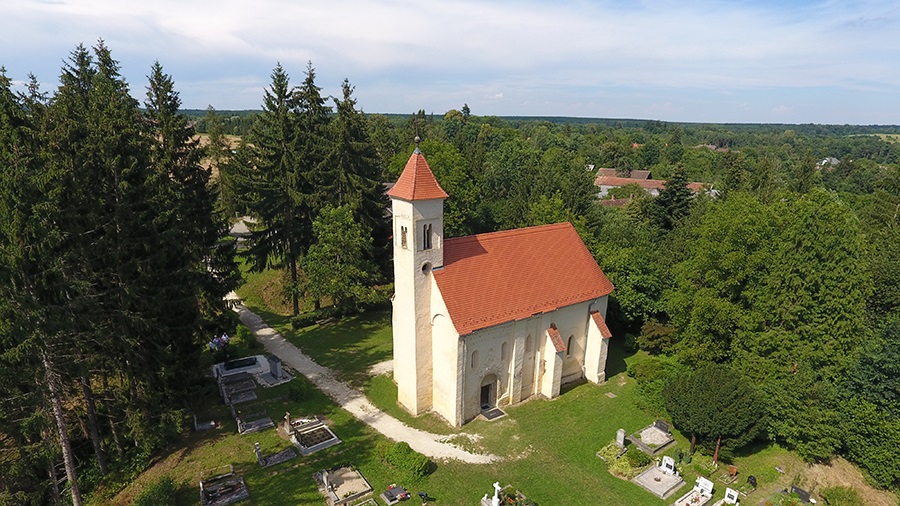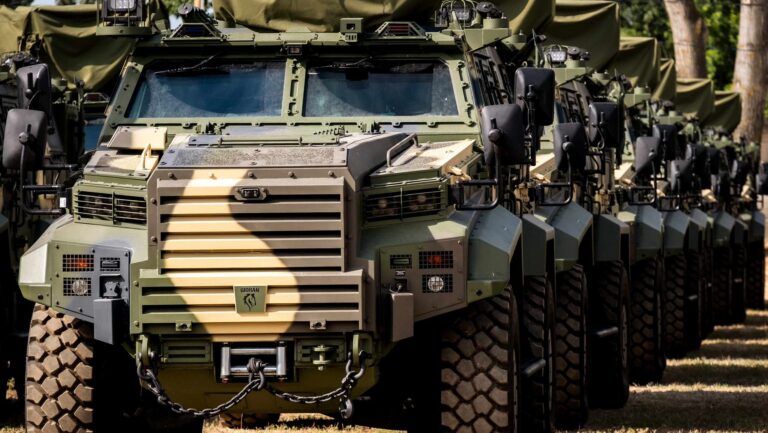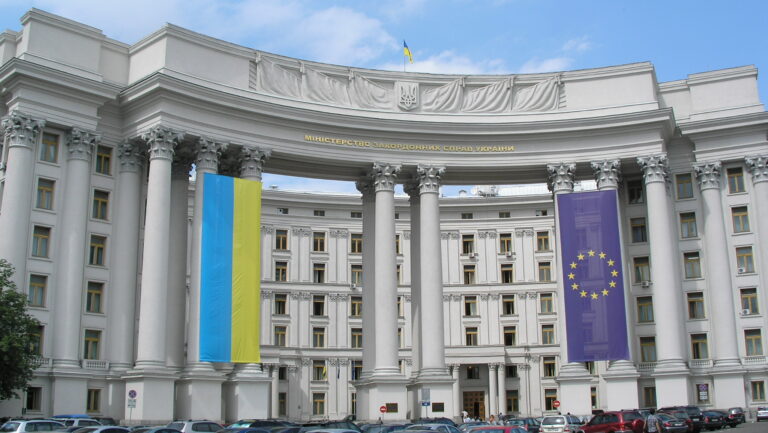2022 was a highly turbulent year for the energy markets. Russia’s war in Ukraine not only caused almost unprecedented price volatility in European natural gas markets, but the possibility of a cut-off from Russian gas threatens Europe with a serious supply side issue. Although Europe managed to substantially increase its natural gas and liquefied natural gas (LNG) imports from other suppliers and the continent is on a good way to decrease its exposure to Russia, this year’s extraordinary achievements were also down to international factors, such as lower Chinese LNG demand. Europe struggles with serious external and internal infrastructure constraints that will make its transition from Russian gas problematic in the upcoming two or three years. Still, Russia’s war in Ukraine proved that a realignment is Europe’s energy policy is of fundamental importance in order to provide security and stability to all citizens of the continent.
The Fatal Exposure
It was widely known, even before the Russia-Ukraine war started in February, that Europe has a substantial exposure to Russian natural gas imports. The European Union plus the United Kingdom imported 142 billion cubic metres of Russian gas in 2021. This figure amounts to 45 per cent of all pipeline natural gas imports and almost 29 per cent of total natural gas consumption. It is worth to notice that total pipeline natural gas and LNG imports amounted to more than 80 per cent of total EU+UK natural gas consumption. Europe is far away from what we call ‘energy independence’ when it comes to its natural gas supply.
In addition to the continent’s exposure to Russian supply, this exposure is highly asymmetrical within Europe.
The larger countries of ‘Western Europe’ (in this case Spain, France and the United Kingdom) largely supply their natural gas markets through LNG imports, whereas the countries of ‘Eastern Europe’ (in this case Germany, Slovakia, Hungary, Czech Republic, Italy and Austria) rely heavily on Russian pipeline imports. The problem is, Europe lacks infrastructure to arrange Western European countries providing Eastern European countries with natural gas in the case of a complete Russian cut-off. Even if the EU countries wanted to aid each other in times of necessity, pipeline exports from Western to Eastern Europe are heavily constrained by infrastructure. This means that the countries of Eastern Europe face significant demand destruction (62 per cent in the case of Slovakia, 48 per cent in the case of Hungary and 36 per cent in the case of Germany, etc.) in the case of a complete cut-off from Russian gas in 2023. In such a scenario, the industrial and electricity-generating consumption of gas would have to be curtailed almost completely.
Although Europe is heavily dependent on Russian gas, the continent’s natural gas supply comes from other sources as well.
Besides Russia’s 142 billion cubic metres (bcm) of natural gas, Europe imported 124 BCM from Norway, 38 bcm from North Africa and 8 bcm from Azerbaijan in 2021. Although these sources proved to be highly reliable in 2022, pipelines from these countries operated close to maximum capacity, therefore it is hardly conceivable that Europe can replace Russian imports through these channels given the current infrastructure.
Besides pipeline imports, Europe’s total LNG imports amounted to 93.5 bcm in 2021, mainly from the United States, Qatar, Russia, Nigeria and Algeria. Although LNG costs more than pipeline gas, Europe had substantial unused capacities that proved to be essential this year. LNG imports are constrained by infrastructure (regasification) capacities. Unfortunately, capacity constraints are mostly present in countries which are the most dependent on Russian pipeline imports (especially Germany), therefore this year’s ‘LNG revolution’ could not solve Eastern Europe’s natural gas problems. Besides capacity constraints, LNG availability and its price are heavily dependent on global factors, namely Asian (mostly Chinese) demand. Europe was quite lucky this year as Chinese demand was lower due to an economic slowdown and the country’s zero COVID policy.
In addition to pipeline and LNG imports, Europe also produces some gas on its own
(69 bcm in 2021), although the production volume has been decreasing year by year for some time now. As the above mentioned figures show, only LNG imports seemed (and seems) to be able to replace Russian pipeline imports to a large extent. In the world of natural gas, infrastructure constraints are quite strong and Europe has to make significant investments in order to secure its natural gas supply. Although the level of diversification was quite inadequate for a continent about to face war for the first time in decades, 2022 proved to be a successful year for Europe’s energy transition and the replacement of Russian gas imports. While the near future holds some worrisome questions with regard to gas supply, it is worth to expound how this year’s incredible adaptation and the ‘LNG revolution’ unfolded following the outbreak of the war in February.
A Successful Year of Adaptation
Most energy market analysts had not doubt as of day one of the Russo-Ukrainian war that the conflict started by Europe’s biggest supplier of natural gas would cause unprecedented price volatility in European natural gas markets. The real question was whether Europe would face severe gas shortages and demand destruction (a permanent or sustained decline in demand in response to persistent high prices or limited supply). Europe’s energy security was tested to a great extent in 2022, and despite the grave unpreparedness for such an extreme scenario, Europe resisted the energy shock with considerable success.
The initial fears of a substantial cut-off of Russian gas became a reality as Russia halted all gas transports through its Yamal pipeline and substantially cut back its gas exports through Ukraine in May. In addition, Russia first reduced, later eliminated all gas exports through its highest capacity Nord Stream pipeline following referenced maintenance issues and the explosion that severely damaged the infrastructure in September. Overall pipeline imports from Russia declined by 70.4 bcm in the period between January and November (compared to the same figure in 2021).
The initial uncertainty and later the curtailment of Russian supply caused two major price spikes in European natural gas markets, the first following the outbreak of the war in March, the second following the Nord Stream issues in late August. On the second occasion, the TTF gas price (one of the most closely followed gas prices in Europe) surpassed the infamous 300 euro/MWh threshold for a few days. Although these price hikes certainly led to distress in European markets, with prices falling substantially and fast after these hikes occurred. Although the curtailment of Russian gas supplies resulted in a significantly higher gas price in 2022 than in 2021,
the fears of prices persistently plateauing at an extremely elevated level did not materialize.
This is mainly due to an extremely fast adaptation and a hint of luck with regard to the availability of alternative natural gas suppliers.
Historians will most likely remember 2022 as the year when Europe realigned its energy policy to a great extent. The main story of the year certainly evolved around the substitution of Russian pipeline gas imports with liquefied natural gas (LNG) coming from numerous alternative sources, mostly the United States. Europe (EU+UK) increased its LNG imports by 65 per cent (over 60 bcm) between January and November. American imports increased by 176 per cent (!) alone. European LNG imports increased at a faster pace than global LNG supply, mostly due to decreased Chinese LNG demand due to an economic slowdown. Overall, extra LNG imports substituted most of the curtailed Russian supply, but LNG import opportunities were exploited to the maximum and further expansion in the global LNG supply is far from certain.
In spite of all the turbulence in energy markets, Europe succeeded in reaching and surpassing its gas storage target of 80 per cent of available storage capacity by November. At the beginning of October, Europe had 92.6 bcm of gas in storage, 89 per cent of total capacity. This achievement was not only due to increased LNG imports, but also to a substantial decrease in natural gas demand. Total European gas demand declined by 13 per cent in the period between January and November. 2022 was the year of tightening the ‘natural gas belt’. Countries that adapted price controls contributed to this reduction by much less. For example, while Spain reduced its consumption only by one per cent, Germany and the Netherlands contributed substantially with decreases in consumption of more than 15 and 20 per cent respectively.
What the Future Holds
Europe did much better with regard to its natural gas supply and demand balance than many analysts and publicists had expected. Still, the following two to three years hold some considerable questions with regard to energy security. If Russian supplies diminish further next year, Europe would need all the expected global extra LNG supply, some 35 bcm. This availability is highly conditional on low Asian LNG demand (not unlikely given Chinese economic forecasts and the state of the global economy) and adequate regasification capacity in Europe (not necessarily open terminals, but mobile regasification ships). Besides extra LNG, Europe will have to reduce its gas consumption further, but the ability to do so highly depends on the weather and therefore there is considerable uncertainty whether it can be achieved. Further extra LNG combined with curtailed consumption might lead to achieving the dual goal of sustainable natural gas supply and demand balance and the filling of storage facilities to similar levels as this year.
Besides the continental balance, Europe is in high need of developing its intracontinental gas pipeline system.
As mentioned above, the availability of LNG for Eastern Europe is highly dependent on adequate infrastructure through which gas can be transported from Western Europe. Temporarily, mobile regasification units can ease this capacity constraint, but the construction of LNG terminals in Germany is of paramount importance in order to reduce Russian exposure and secure natural gas supply for the residents of Eastern Europe.
This year presented Europe with an unprecedented challenge with regard to its energy security. Warren Buffett famously said: ‘Only when the tide goes out do you discover who’s been swimming naked.’ The substantial curtailment of Russian natural gas exports was certainly the outgoing tide for countries in Europe highly dependent on Russian supply. As full energy independence (with regard to natural gas) is literally impossible for the continent,
Europe has to make a choice about where its exposures should lie.
Should it lie with its political and military ally, the United States, or should it lie with a provably unreliable and dangerous power in its direct vicinity, Russia? The way events unfolded this year proved that there is an alternative way for European energy policy. We had better make our transition voluntarily, before the lights go out.
Figures presented in this article are published in the studies of the Oxford Institute for Energy Studies; Ukraine Invasion: What This Means for the European Gas Market, Quarterly Gas Review – December

